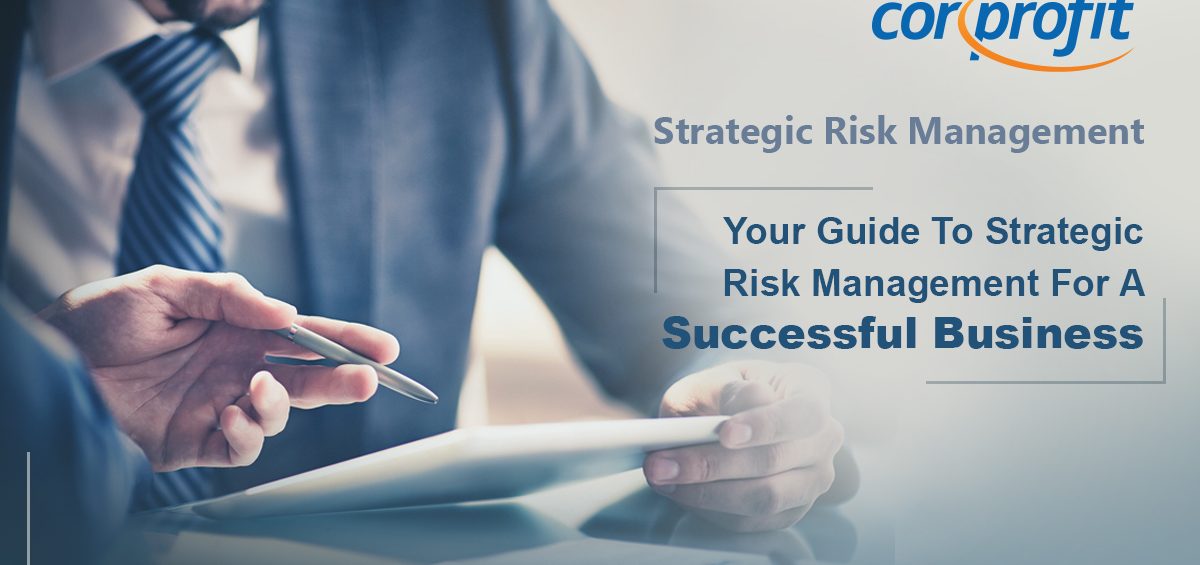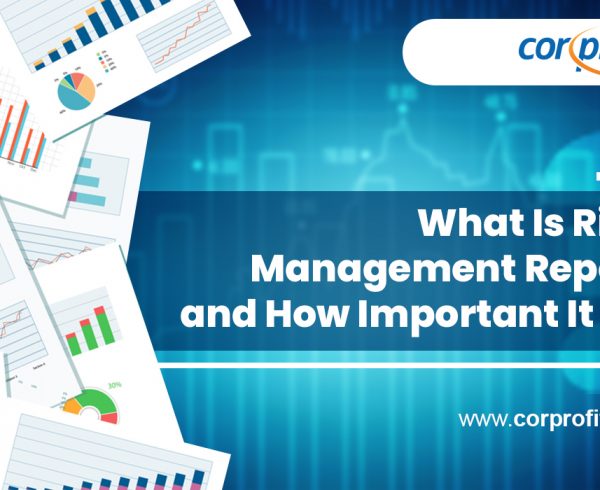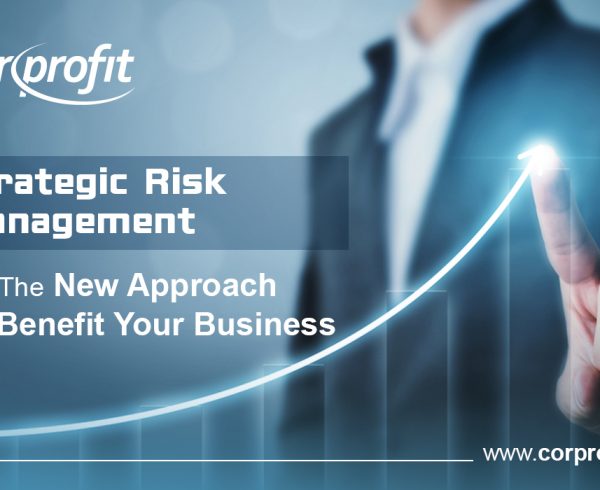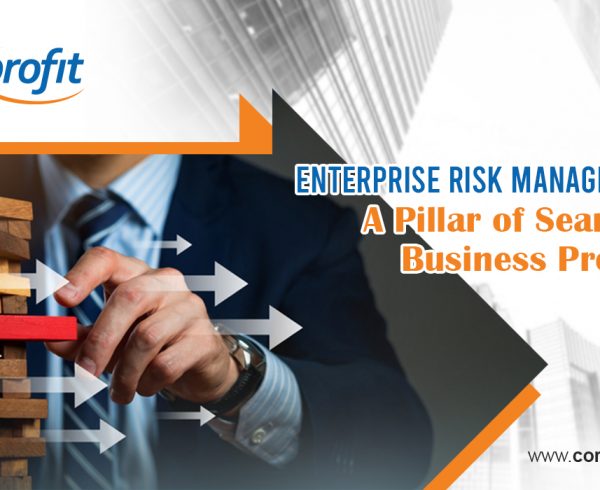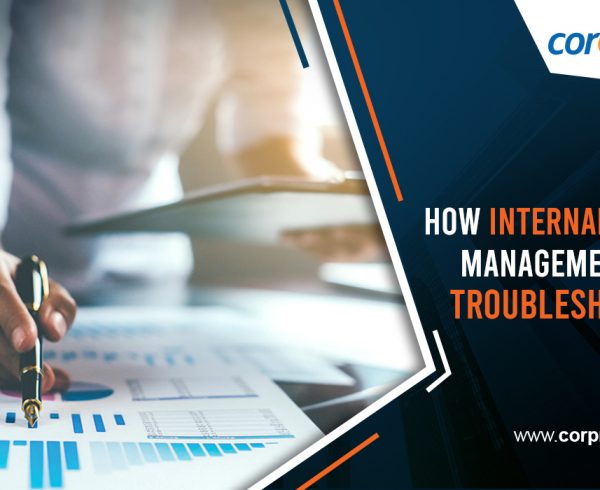It is an inescapable fact that to reach that status of a great organization you must take risks. Whether it’s Smart Cars, App software or even cleaning gadgets — quite a lot of what we as shoppers currently take for granted was initially a bold step on the part of smart companies.
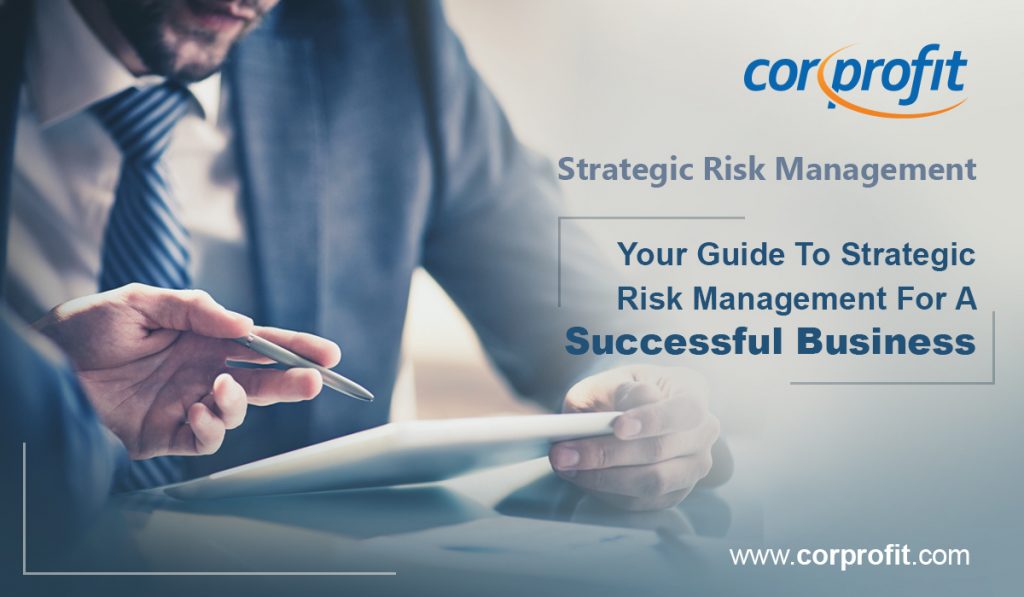 When considering Strategic Risk Management in Australia, you need to realize that managing risk is a significant activity for just about any business, no matter if you are releasing an innovative solution to the public, or attempting to surge ahead of your competitors.
When considering Strategic Risk Management in Australia, you need to realize that managing risk is a significant activity for just about any business, no matter if you are releasing an innovative solution to the public, or attempting to surge ahead of your competitors.
Knowledge of the risks (however small) and their probable consequences (however minor) endows executives at multiple levels to reach smart, up-to-date decisions.
What is Strategic Risk Management?
Strategic risk management can be described as the method undertaken to identify, quantify, and diminish any risk that impacts or is intrinsic to an organization’s strategic objectives, business strategy and strategy execution.
Strategically managing your business risks involves certain vital steps that you need to weave into your company’s strategic planning and execution process. Let’s see what the steps are!
- Detail your business strategy and its objectives-
From a routine SWOT analysis or the more meticulous and comprehensive Balanced Scorecard, there are multiple frameworks that organizations frequently use to plot out their strategy. The deficiency of these frameworks lies in the fact that they fail to address risks. It is imperative that businesses take adequate measures to incorporate risk right from the planning stage.
- Set up key performance indicators (KPIs) to gauge results-
A company’s top KPIs are indicative of the highest success possible for them in the best-case-scenario. With KPIs companies realize what actions they should take to function at the highest level. Thus, total (gross) revenue makes a poor KPI, while net profit which takes into consideration both revenue and cost gives the organization more insights into the health of the business.
- Recognize risks that lead to variability in performance-
These are unknown risks that cannot be determined ahead of time, for instance, future customer demand that will decide results.
- Determine key risk indicators (KRIs) and levels of risk tolerance for critical risks-
While KPIs calculate historical performance, KRIs are indicators that are forward-looking, with a view to foresee probable obstacles. Risk tolerance levels play the part of triggers during operations.
- Carry out consolidated reporting and monitoring-
Lastly, your organization would need to monitor results and KRIs continually in an effort to lower risks or snap up unforeseen opportunities as and when they appear.
So, whether you need to amp up your strategies for Strategic Risk Management in Australia or perform internal audit management in Australia, you now have the steps to forge ahead with your business goals.
